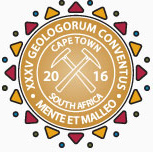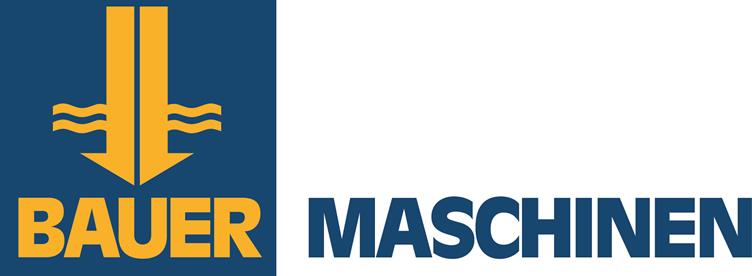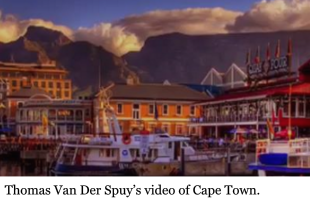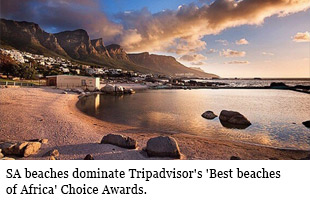
35TH INTERNATIONAL GEOLOGICAL CONGRESS
27 AUGUST - 4 SEPTEMBER 2016 | CAPE TOWN, SOUTH AFRICA
Sponsors
Keystone Sponsor


Diamond Sponsor


Gold Sponsor


Silver Sponsor








Business Centre Sponsor


Publication Sponsor




Social Function


Plenary Speaker Sponsor


Speaker Gift Sponsor


Post Graduate Fund


Registration


Welcome Drinks


Lunch Time Drinks


Publication &
35 IGC SAGPGF
35 IGC SAGPGF

35 IGC SAGPGF




MY IGC APP


Symposium Sponsor




Audit Sponsor


35TH INTERNATIONAL GEOLOGICAL CONGRESS
27 AUGUST - 4 SEPTEMBER 2016 | CAPE TOWN, SOUTH AFRICA
My IGC
Symposium Details
| Title | Description | Convenors |
|---|---|---|
| The Carboniferous World: Assembly of Pangae and Onset of Late-Paleozoic Glaciations | The session will provide a forum for discussion of the most relevant topics on Carboniferous geology, paleontology, and environments including: the terrestrial Carboniferous World, paleoceanography, glaciations and interglacials, assembly of Pangaea, reefs and carbonate mounds, and the biota.||The Carboniferous (358.9 - 298.9 Ma), comprising the Mississippian (Tournaisian, Viséan and Serpukhovian) and Pennsylvanian (Bashkirian, Moscovian, Kasimovian and Gzhelian), was a period of profound change. Continents were assembled forming Pangaea with continent-continent collisions and subduction causing magmatism, and emplacement of orebodies. From the earliest Mississippian into the late Viséan (Middle Mississippian), marine environments prevailed over vast regions on the continental plates, but from the latest Viséan through the Pennsylvanian, continental environments became progressively more extensive. After Late Devonian extinctions, invertebrate groups recovered substantially and crinoid abundance peaked, contributing vast amounts of debris. Stromatoporoids never recovered but new reef builders evolved and, along with submarine cements, constructed mounds and shallow-water reefs. Components of many major phyla became fully terrestrialized as recorded by the establishment of extensive coal swamps and upland forests, appearance of reptiles, and evolution of diverse assemblages of amphibians and nonmarine invertebrates. The increasing continentality resulted largely from orogenic and epeirogenic uplift associated with the assembly of the supercontinent Pangaea but oscillatory, low sea levels resulting from the waxing and waning of alpine and continental ice sheets were a major factor. After the latest Famennian glaciation, greenhouse conditions predominated until the late Viséan onset of high-frequency glaciations and interglacials on southern Gondwana that continued into the Permian. | Barry Richards |
 Field trips
Field trips  Sponsorship & expo
Sponsorship & expo  Registration
Registration Tours
Tours  Promotion
Promotion 














 Conference Programme
Conference Programme  Field trips
Field trips  Sponsorship & expo
Sponsorship & expo  Volunteer
Volunteer  GeoHost
GeoHost  Registration
Registration Tours
Tours  Promotion
Promotion  Publications
Publications









